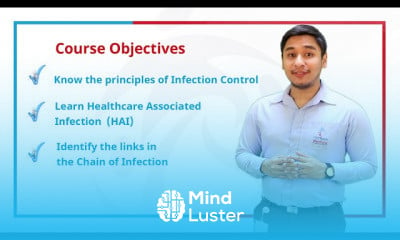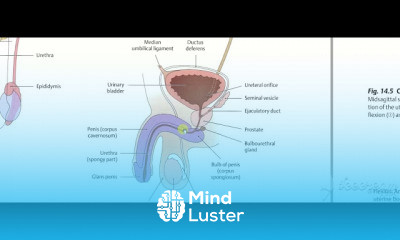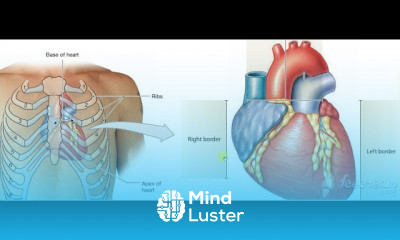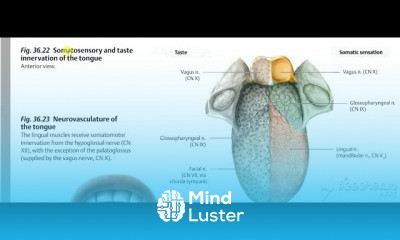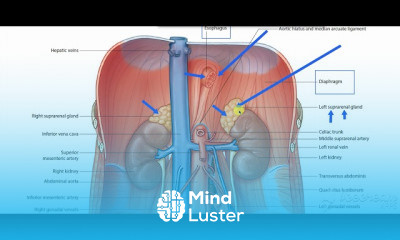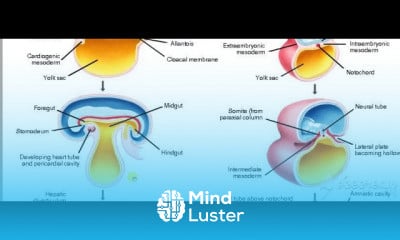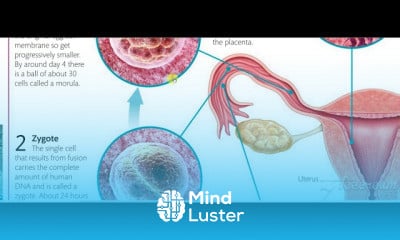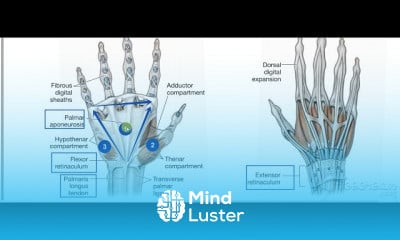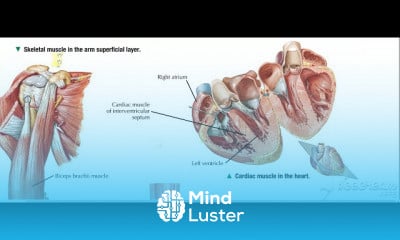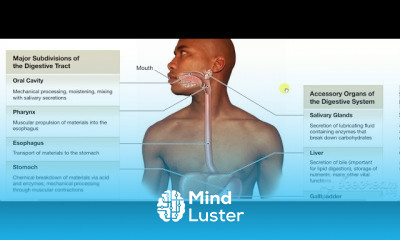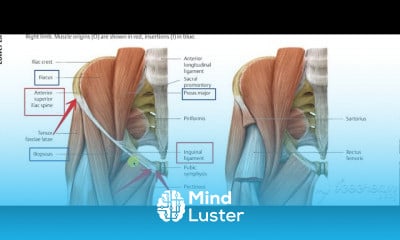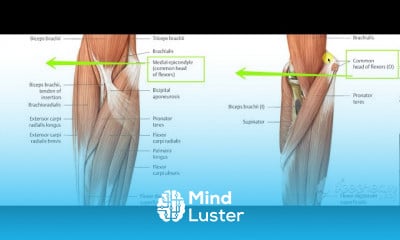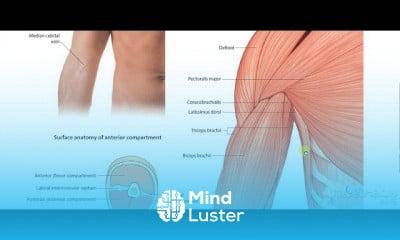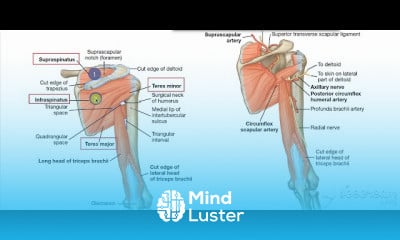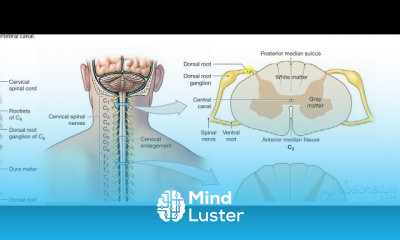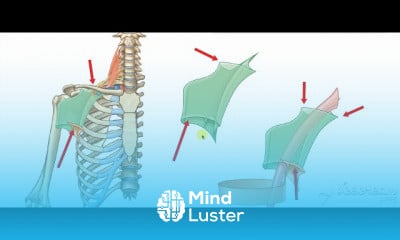15 Infection Control Course | Module 3 Standard Precautions Respiratory Hygiene Cough Etiquette
Share your inquiries now with community members
Click Here
Sign up Now
Lessons List | 19
Lesson
Comments
Related Courses in Medical
Course Description
What is infection control in healthcare?
Infection control prevents or stops the spread of infections in healthcare settings. This site includes an overview of how infections spread, ways to prevent the spread of infections, and more detailed recommendations by type of healthcare setting.What are the 3 methods of infection control?
They include:
hand hygiene and cough etiquette.
the use of personal protective equipment (PPE)
the safe use and disposal of sharps.
routine environmental cleaning.
incorporation of safe practices for handling blood, body fluids and secretions as well as excretions [91].What is infection control and what are your responsibilities?
It means preventing and controlling illnesses that can be spread in the health-care. setting. The purpose of infection prevention and control is to identify and reduce. the risk of infections among patients, employees, medical staff members, contract.What is basic infection control?
These include standard precautions (hand hygiene, PPE, injection safety, environmental cleaning, and respiratory hygiene/cough etiquette) and transmission-based precautions (contact, droplet, and airborne).What are the five basic principles for infection control?
These include standard precautions (hand hygiene, PPE, injection safety, environmental cleaning, and respiratory hygiene/cough etiquette) and transmission-based precautions (contact, droplet, and airborne).How is infection control in hospitals?
Measures of infection control include identifying patients at risk of nosocomial infections, observing hand hygiene, following standard precautions to reduce transmission and strategies to reduce VAP, CR-BSI, CAUTI. Environmental factors and architectural lay out also need to be emphasized upon.
Trends
WiFi hacking
Digital Electronics basics
C Programming Language
MS Excel
Excel Course Basic to Advanced
Adobe illustrator tools for designers
Ethical Hacking
Learning English Speaking
Mobile Apps from Scratch
Human Resource Management
Python programming language
Complete WIFI Hacking Course Beginner to Advanced
Excel Power Query in excel for beginners
Photography
Digital Marketing
COMPLETE TOEFL COURSE
Software Development
AI Writing tools in google docs for beginners
Downloading and installing tux paint for kids
Generative AI Tutorial For Beginners
Recent
Rock sitting dance workout for beginners
Fat Burning home workout For beginners
Home weight loss workout For women
Cardio Kickboxing HIIT for beginners
HIIT cardio walking workout at home
Gospel cardio dance workout at home
Upper body cardio weights for beginners
Legs workout with dumbbell for beginners
Cardio workout for beginners
Hotel HIIT legs workout for beginners
Cool down stretch workouts at home
Cardio boxing workout at gym
Legs and abs workout at home
Cardio Kickboxing workouts at gym
Pilates and barre inspired workouts at gym
Intense cardio HIIT workouts at gym
Knockout cardio workouts for beginners
Tucked abs workout at home
Hamstrings tempo workout at home
Dumbbell cardio HIIT workouts at gym





















